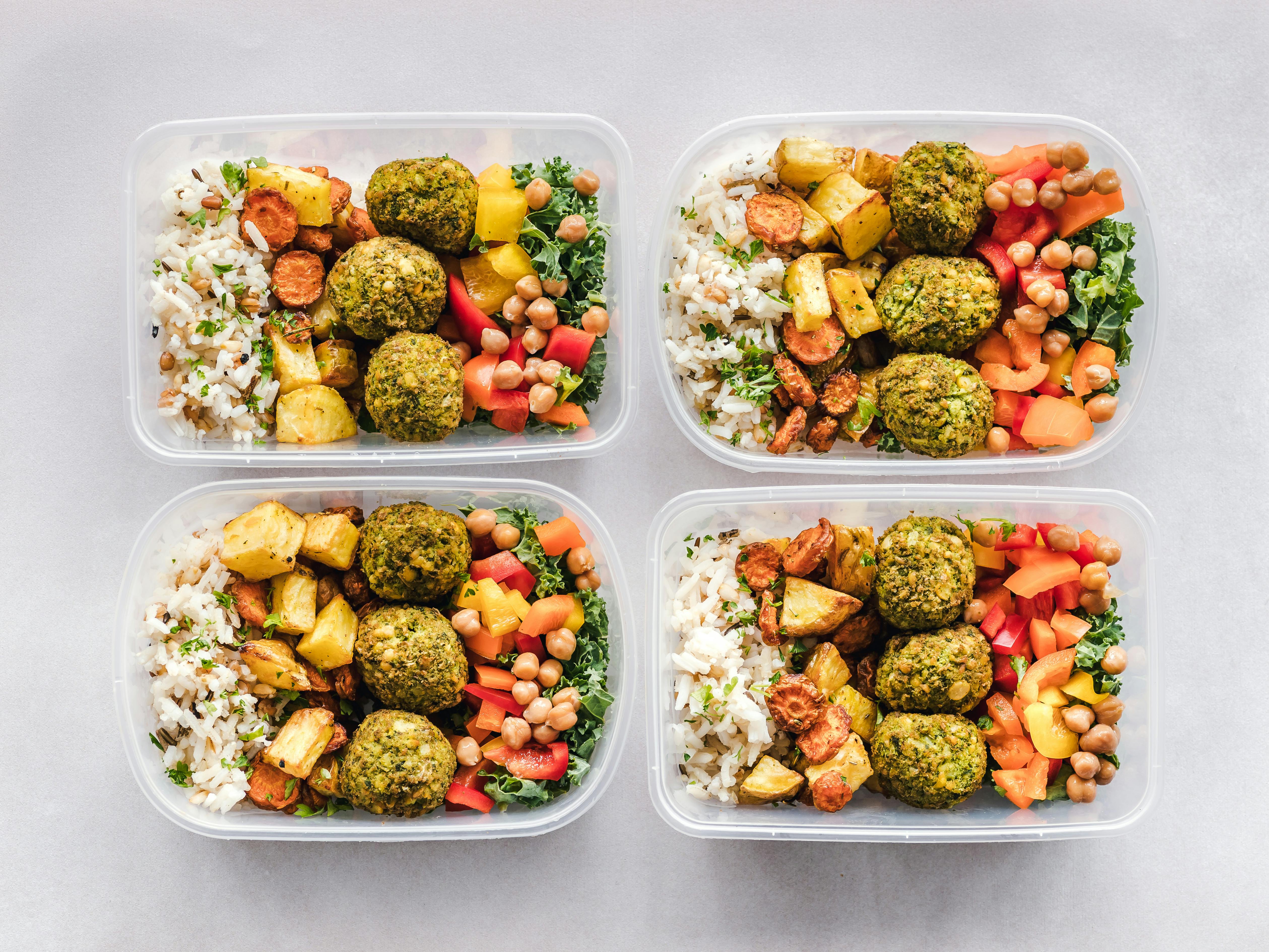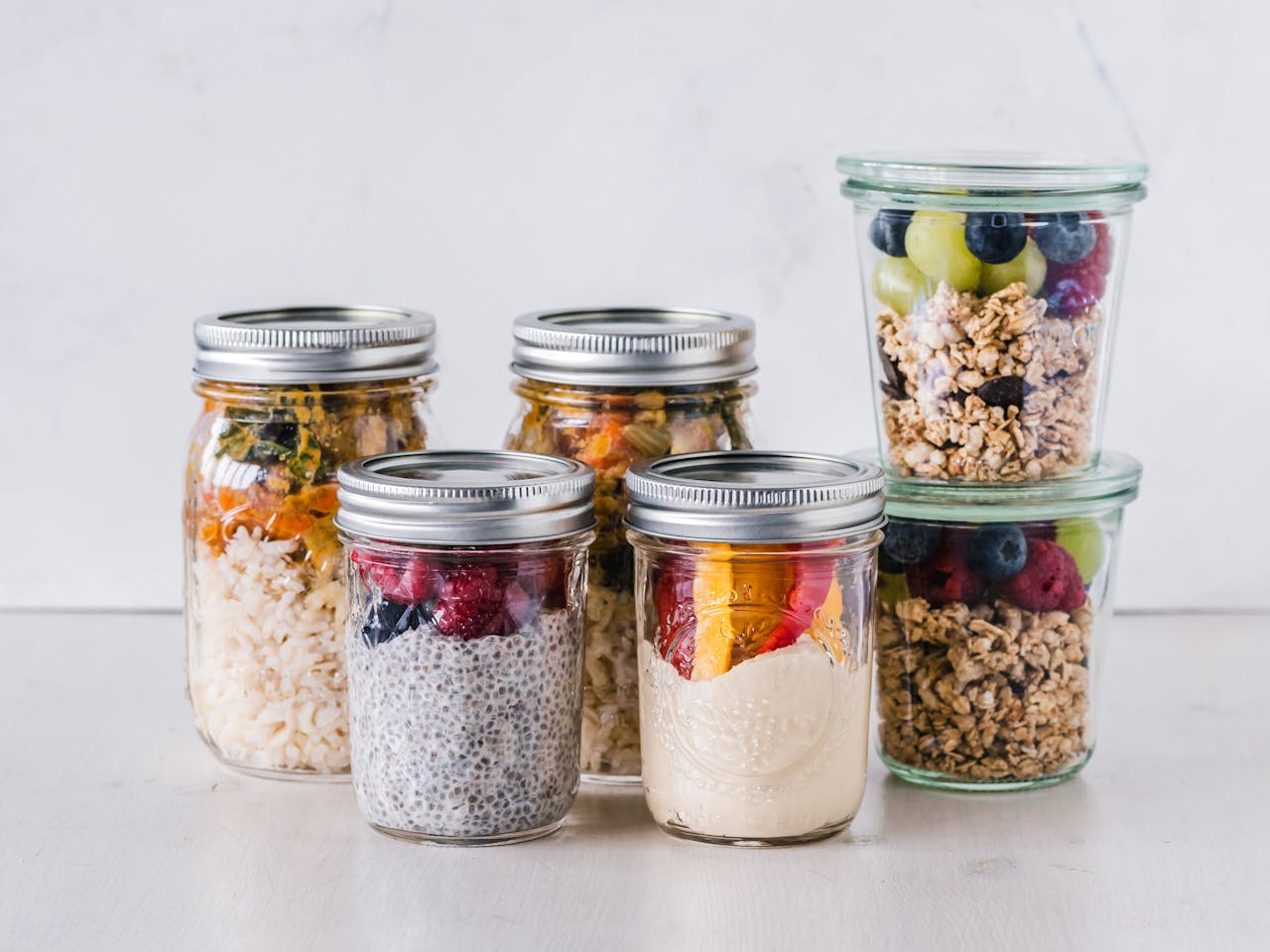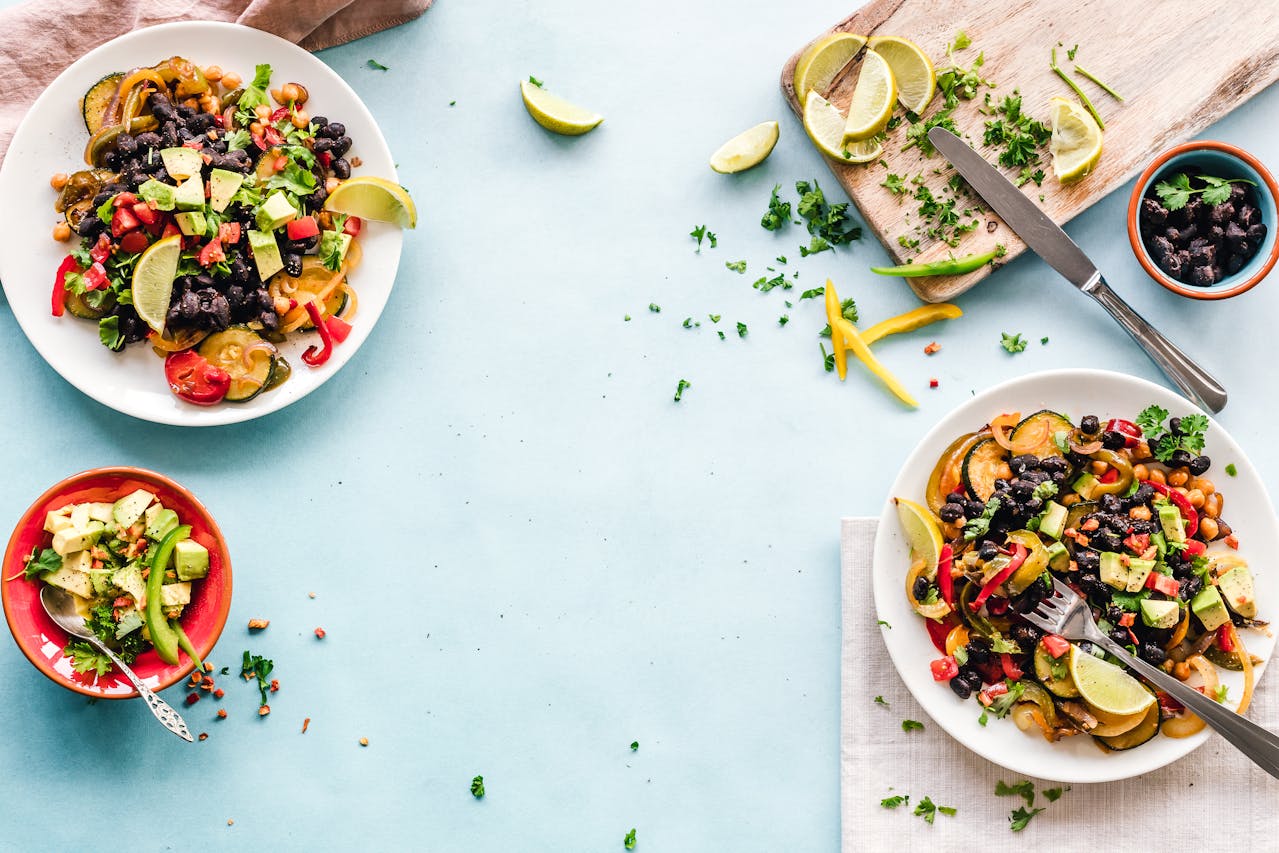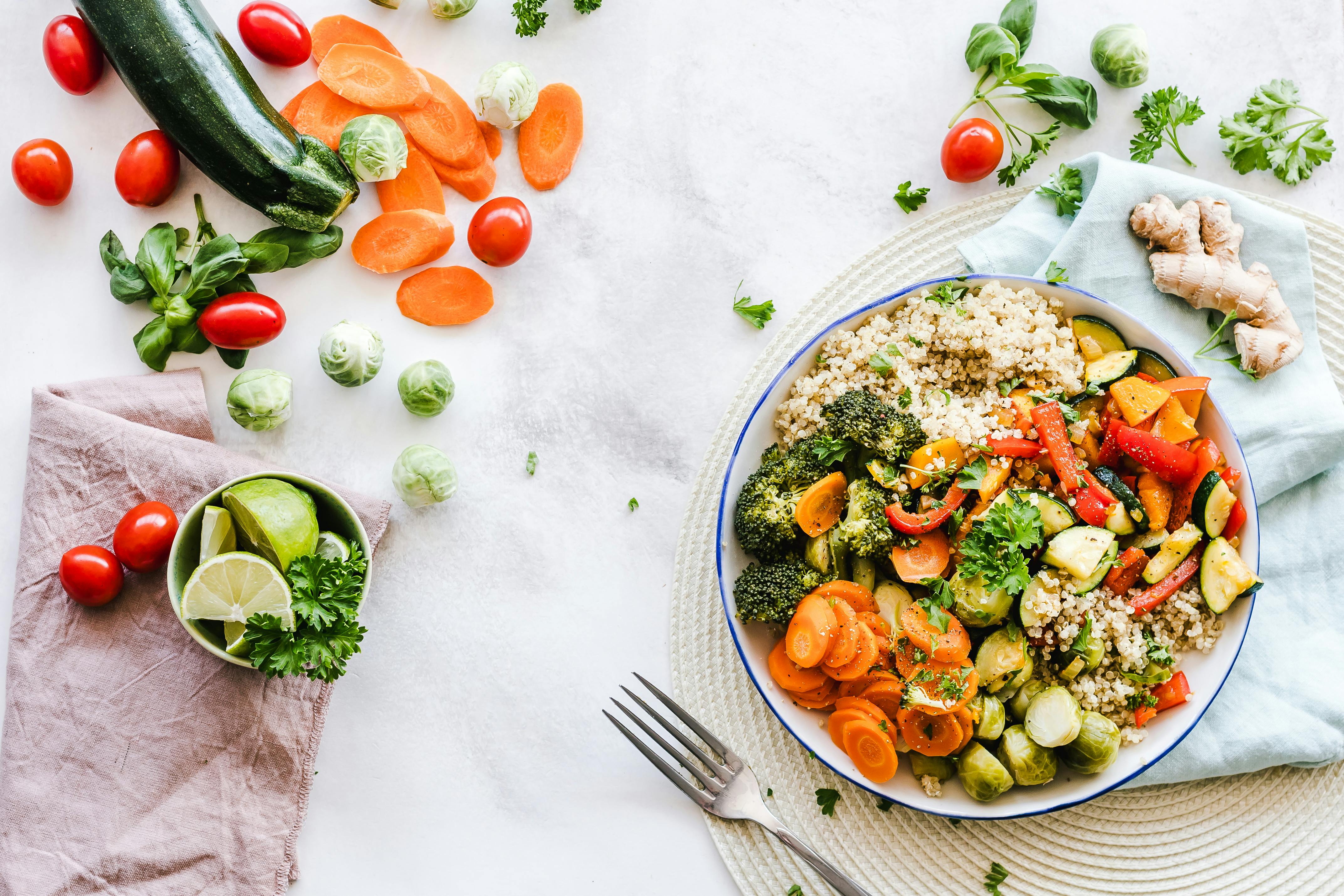Every meal is more than just a combination of ingredients—it's a thoughtfully crafted experience of flavors, textures, and nutrients that fuel the body and create balance. One vital yet often overlooked component of this harmony is fiber. It adds depth, texture, and health-enhancing qualities to your plate. In this guide, we'll explore what fiber is, its different types, where to find it, and offer creative ways to incorporate it into everyday meals.
Understanding the Role of Fiber
Fiber is a group of complex plant-based carbohydrates (polysaccharides) that the human digestive system cannot break down into sugars. This unique characteristic allows fiber to influence the consistency of food in the digestive tract. Its main function is to absorb water, swell, and add volume—helping food move smoothly through the gastrointestinal system.
Types of Fiber: Firm Structure and Gentle Texture
Fiber is generally categorized into two main types:
-
Insoluble Fiber: Found in cellulose, hemicellulose, and lignin, this type doesn't dissolve in water but absorbs it, creating bulk. It adds volume to meals without increasing calorie content and supports digestive regularity.
-
Soluble Fiber: Includes pectins, beta-glucans, inulin, and guar gum. It dissolves in water to form a gel-like substance that coats food in the digestive tract, promoting a smooth, gentle digestion process.
Top Sources of Dietary Fiber
Adding fiber to your meals is easy with a few key ingredients. Here are some fiber-rich food groups:
Whole Grains
Oats, rye, barley, buckwheat, wheat bran, and whole grain bread or pasta are excellent sources of both types of fiber. Their hearty texture makes them ideal for enhancing breakfast and dinner dishes.
Fruits and Berries
Apples, pears, oranges, strawberries, raspberries, grapes, and currants are high in soluble fiber, especially pectin. Their peels also contain insoluble fiber—so eat them whole when possible.
Vegetables and Greens
Carrots, beets, broccoli, cauliflower, zucchini, eggplant, onions, celery, spinach, parsley, and dill provide primarily insoluble fiber. Enjoy them raw in salads or cook them gently to retain their vibrant color and structure.
Legumes
Beans, lentils, chickpeas, and peas are rich in both fiber types. From smooth lentil purées to hearty kidney beans, they add texture and substance to a wide range of meals.
Nuts and Seeds
Almonds, walnuts, chia, flax, pumpkin, and sesame seeds are dense in fiber and healthy fats. Despite their higher calorie content, they add crunch and nutrition to smoothies, yogurt bowls, porridge, and salads.
The Benefits of Adding Fiber to Your Diet
Fiber enriches meals in a variety of ways:
-
Texture contrast: Combining soft and firm elements—like creamy avocado with nutty grains or tender lentils with crunchy veggies—adds exciting variation to your plate.
-
Flavor diversity: Fruits bring natural sweetness, while vegetables offer earthiness and mild bitterness. These natural flavors blend into a rich taste palette.
-
Visual appeal: Fiber-rich foods come in vibrant colors—deep greens from spinach, orange from carrots, burgundy from beets—creating eye-catching, “rainbow” dishes.
-
Sustained satiety: Fiber adds volume and slows digestion, helping you feel full longer and stabilizing your appetite throughout the day.
Simple Ways to Add Fiber to Every Meal
Breakfast Ideas
-
Start your day with oatmeal made with water or plant-based milk. Top with berries, a drizzle of honey, and a pinch of coriander.
-
Blend a smoothie with spinach, apple, banana, and chia seeds for a refreshing and fiber-rich drink.
-
Make whole grain pancakes with wheat bran and serve them with hummus or fruit purée.
Lunch Suggestions
-
Prepare a creamy soup using broccoli, cauliflower, and legumes like lentils or white beans.
-
Build a fresh salad with spinach, grated carrots, beets, and apples. Dress with olive oil and lemon juice.
-
Sauté buckwheat with mushrooms, celery, and carrots for a hearty vegetable stew.
Dinner Recipes
-
Roast a mix of zucchini, eggplant, and peppers with herbs and serve with whole grains.
-
Combine stewed beans with sweet potatoes and a light tomato sauce, garnished with fresh parsley.
-
Layer baked beet slices with mozzarella and arugula for a fiber-rich vegetable tower.
Smart Snacks
-
Make homemade veggie chips from thinly sliced carrots or beets, baked until crispy.
-
Mix nuts, dried fruit, and seeds into a quick “trail mix” for on-the-go fiber.
-
Stir ground flaxseed into yogurt or kefir and sweeten with fruit purée or a touch of honey.
Tips for Increasing Fiber Gradually
A sudden spike in fiber intake can sometimes cause bloating or discomfort. To allow your body to adjust smoothly:
- Add fiber slowly over several days to help your system adapt.
- Stay hydrated—fiber needs water to be effective and gentle on digestion.
- Mix fiber types: soft (from fruits), structured (from grains), and rough (from vegetables).
A Sample Daily Fiber-Rich Menu
- Breakfast: Oatmeal with pear, chia seeds, cinnamon, and berries
- Snack: Roasted chickpeas with paprika and cucumber slices
- Lunch: Broccoli-spinach soup with whole grain bread
- Snack: Smoothie with beets, apple, spinach, and flaxseed
- Dinner: Stewed beans with vegetables and a fresh garden salad
Conclusion: A Symphony of Flavor, Texture, and Wellness
Fiber isn’t a restriction—it’s a way to enhance every aspect of your meal. With its ability to add volume, absorb flavors, and bring visual and textural diversity, fiber is an essential element of culinary creativity. By gradually weaving it into your meals, you not only improve your digestion but also enrich your eating experience. Let every bite be nourishing, satisfying, and joyful—proof that healthy food can be both vibrant and fulfilling.

 10 Powerful Superfoods to Naturally Strengthen Your Immune
System
10 Powerful Superfoods to Naturally Strengthen Your Immune
System

 Your Complete Roadmap to Balanced Eating for Daily Wellness
Your Complete Roadmap to Balanced Eating for Daily Wellness

 Mastering Food Labels: A Smarter Way to Choose What You Eat
Mastering Food Labels: A Smarter Way to Choose What You Eat

 Easy and Wholesome Plant-Based Recipes for New Cooks
Easy and Wholesome Plant-Based Recipes for New Cooks


Noah Reynolds